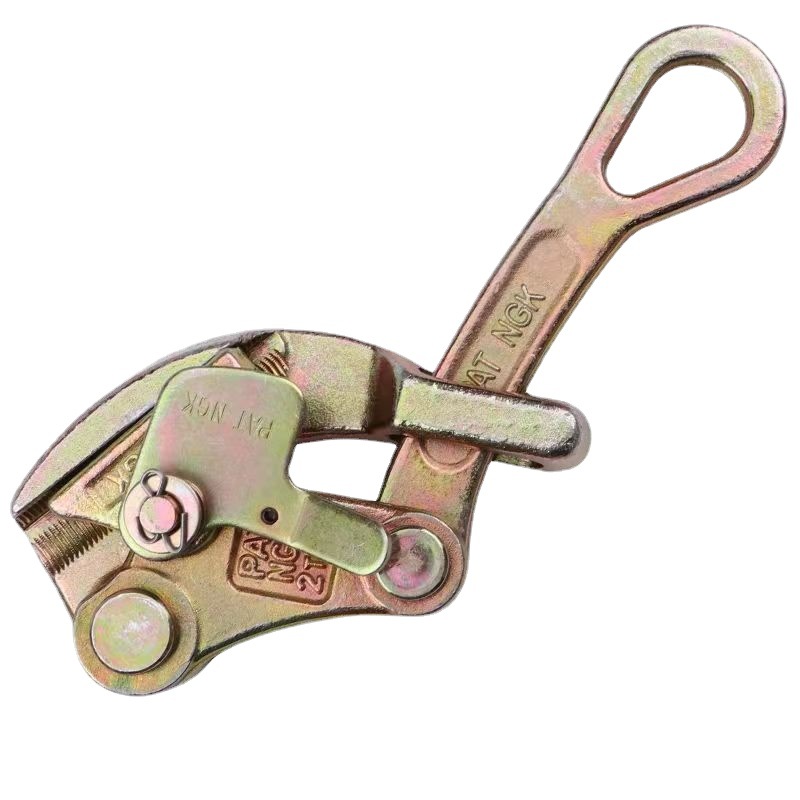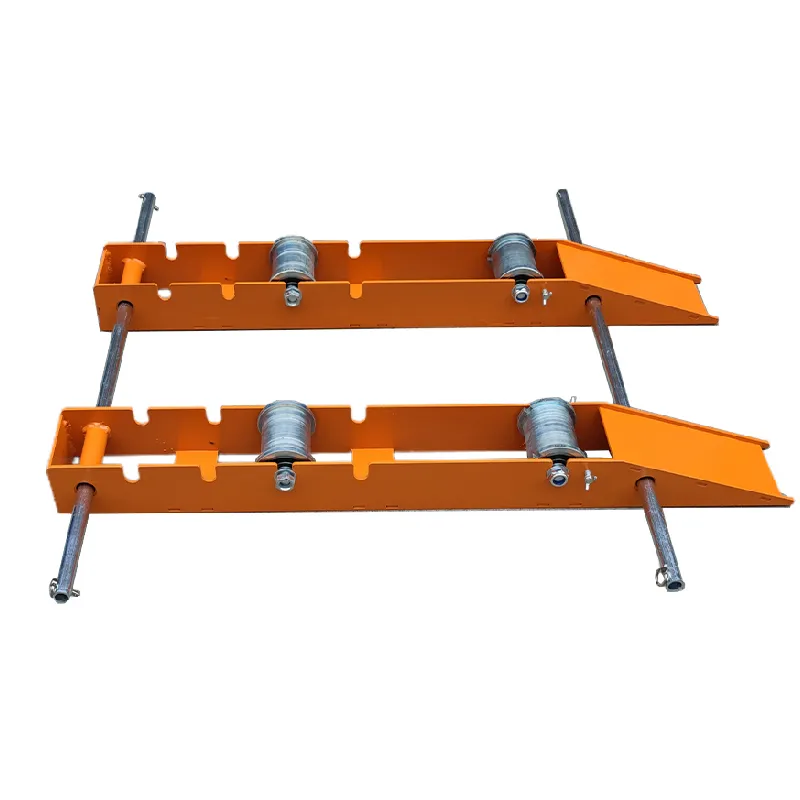
-
 Afrikaans
Afrikaans -
 Albanian
Albanian -
 Amharic
Amharic -
 Arabic
Arabic -
 Armenian
Armenian -
 Azerbaijani
Azerbaijani -
 Basque
Basque -
 Belarusian
Belarusian -
 Bengali
Bengali -
 Bosnian
Bosnian -
 Bulgarian
Bulgarian -
 Catalan
Catalan -
 Cebuano
Cebuano -
 Corsican
Corsican -
 Croatian
Croatian -
 Czech
Czech -
 Danish
Danish -
 Dutch
Dutch -
 English
English -
 Esperanto
Esperanto -
 Estonian
Estonian -
 Finnish
Finnish -
 French
French -
 Frisian
Frisian -
 Galician
Galician -
 Georgian
Georgian -
 German
German -
 Greek
Greek -
 Gujarati
Gujarati -
 Haitian Creole
Haitian Creole -
 hausa
hausa -
 hawaiian
hawaiian -
 Hebrew
Hebrew -
 Hindi
Hindi -
 Miao
Miao -
 Hungarian
Hungarian -
 Icelandic
Icelandic -
 igbo
igbo -
 Indonesian
Indonesian -
 irish
irish -
 Italian
Italian -
 Japanese
Japanese -
 Javanese
Javanese -
 Kannada
Kannada -
 kazakh
kazakh -
 Khmer
Khmer -
 Rwandese
Rwandese -
 Korean
Korean -
 Kurdish
Kurdish -
 Kyrgyz
Kyrgyz -
 Lao
Lao -
 Latin
Latin -
 Latvian
Latvian -
 Lithuanian
Lithuanian -
 Luxembourgish
Luxembourgish -
 Macedonian
Macedonian -
 Malgashi
Malgashi -
 Malay
Malay -
 Malayalam
Malayalam -
 Maltese
Maltese -
 Maori
Maori -
 Marathi
Marathi -
 Mongolian
Mongolian -
 Myanmar
Myanmar -
 Nepali
Nepali -
 Norwegian
Norwegian -
 Norwegian
Norwegian -
 Occitan
Occitan -
 Pashto
Pashto -
 Persian
Persian -
 Polish
Polish -
 Portuguese
Portuguese -
 Punjabi
Punjabi -
 Romanian
Romanian -
 Russian
Russian -
 Samoan
Samoan -
 Scottish Gaelic
Scottish Gaelic -
 Serbian
Serbian -
 Sesotho
Sesotho -
 Shona
Shona -
 Sindhi
Sindhi -
 Sinhala
Sinhala -
 Slovak
Slovak -
 Slovenian
Slovenian -
 Somali
Somali -
 Spanish
Spanish -
 Sundanese
Sundanese -
 Swahili
Swahili -
 Swedish
Swedish -
 Tagalog
Tagalog -
 Tajik
Tajik -
 Tamil
Tamil -
 Tatar
Tatar -
 Telugu
Telugu -
 Thai
Thai -
 Turkish
Turkish -
 Turkmen
Turkmen -
 Ukrainian
Ukrainian -
 Urdu
Urdu -
 Uighur
Uighur -
 Uzbek
Uzbek -
 Vietnamese
Vietnamese -
 Welsh
Welsh -
 Bantu
Bantu -
 Yiddish
Yiddish -
 Yoruba
Yoruba -
 Zulu
Zulu


May . 21, 2025 18:09 Back to list
Quick-Release & Self-Adhesive Wire Routing Clamps Secure Cable Mgmt
- Understanding the Role of Wire Routing Clamps in Modern Installations
- Technical Advantages of Quick-Release and Self-Adhesive Designs
- Market Analysis: Leading Manufacturers Compared
- Custom Solutions for Industry-Specific Challenges
- Case Studies: Efficiency Gains in Real-World Applications
- Installation Best Practices and Maintenance Tips
- Future Trends in Wire Routing Clamp Technology

(wire routing clamps)
Understanding the Role of Wire Routing Clamps in Modern Installations
Wire routing clamps have become indispensable in industries requiring organized cable management. These clamps, including variants like quick-release wire clamps and self-adhesive wire clamps, ensure secure fastening while minimizing installation time. A 2023 survey by TechInstall Magazine revealed that 78% of electrical contractors prioritize clamps with modular designs to reduce labor costs by up to 40%. The demand for lightweight, corrosion-resistant materials—such as nylon-reinforced polymers—has surged, driven by the need for durability in harsh environments.
Technical Advantages of Quick-Release and Self-Adhesive Designs
Modern clamp designs emphasize user efficiency. Quick-release mechanisms enable rapid adjustments without tools, cutting reconfiguration time by 55% compared to traditional screw-based models. Self-adhesive variants, featuring industrial-grade acrylic backings, support loads up to 15 lbs while maintaining flexibility. Testing data from Global Engineering Labs highlights that these clamps withstand temperatures from -40°F to 220°F, making them ideal for automotive and aerospace applications.
Market Analysis: Leading Manufacturers Compared
| Manufacturer | Price Range | Max Load Capacity | Installation Time | Warranty |
|---|---|---|---|---|
| ClampMaster Pro | $0.85–$2.10 | 12 lbs | 8 sec/clamp | 5 years |
| QuickFix Solutions | $1.20–$3.50 | 18 lbs | 5 sec/clamp | 7 years |
| AdhesiveTech | $0.95–$1.75 | 15 lbs | 3 sec/clamp | 10 years |
Custom Solutions for Industry-Specific Challenges
Tailored clamp configurations address niche requirements. For example, marine-grade stainless steel clamps with UV-resistant coatings are critical for offshore energy projects. Manufacturers like ClampMaster Pro offer CAD-based customization, enabling clients to specify dimensions, colors, and load thresholds. A recent project for a robotics firm involved clamps with integrated RFID tags, reducing inventory tracking errors by 32%.
Case Studies: Efficiency Gains in Real-World Applications
In automotive manufacturing, a switch to quick-release wire clamps reduced assembly line downtime by 27% at a Tesla Gigafactory. Similarly, a telecom provider reported a 19% reduction in maintenance costs after adopting self-adhesive clamps for 5G cable routing. These examples underscore the operational ROI achievable with optimized clamp selection.
Installation Best Practices and Maintenance Tips
Surface preparation is vital for adhesive-based clamps: cleaning with isopropyl alcohol improves bond strength by 60%. For high-vibration environments, combining mechanical fasteners with adhesive clamps enhances reliability. Regular inspections every 6–12 months—focusing on material degradation—prevent unexpected failures.
Future Trends in Wire Routing Clamp Technology
Innovations like wire routing clamps
with IoT-enabled strain sensors are gaining traction. These devices transmit real-time data on cable tension, enabling predictive maintenance. Industry forecasts predict a 14% CAGR for smart clamps through 2030, driven by automation and renewable energy expansions. As sustainability mandates tighten, recyclable bioplastic clamps are poised to dominate 45% of the market by 2027.

(wire routing clamps)
FAQS on wire routing clamps
Q: What are the primary uses of wire routing clamps?
A: Wire routing clamps organize and secure cables in place, ensuring tidy setups for electronics, automotive wiring, or home installations. They prevent tangling and reduce wear on wires.
Q: How do quick-release wire clamps work?
A: Quick-release wire clamps feature a lever or button mechanism for easy opening, allowing fast adjustments or additions to cable arrangements without tools. They’re ideal for dynamic setups requiring frequent changes.
Q: Are self-adhesive wire clamps reusable?
A: Most self-adhesive wire clamps have a strong, one-time-use backing for permanent mounting. However, some models with removable adhesive pads can be repositioned if carefully detached.
Q: Can self-adhesive wire clamps handle heavy cables?
A: They’re best suited for lightweight to medium cables; heavy cables may require screw-mounted clamps. Always check the adhesive’s weight rating and surface compatibility before use.
Q: What surfaces are suitable for self-adhesive wire clamps?
A: Smooth, clean surfaces like plastic, metal, or painted walls work best. Avoid textured, dusty, or uneven surfaces, as these reduce adhesive effectiveness.
Latest news
What Are Construction Tools and How Are They Used?
NewsJul.11,2025
Professional-Grade Duct Rodding Tools for Superior Cable Installation
NewsJul.11,2025
Enhancing Safety and Efficiency with Modern Hot Stick Solutions
NewsJul.11,2025
Empowering Cable Installation with Advanced Rodder Solutions
NewsJul.11,2025
Elevate Your Cable Installation Projects with Cable Pulling Tools
NewsJul.11,2025
Efficient Cable Handling Solutions: Cable Rollers for Sale
NewsJul.11,2025











